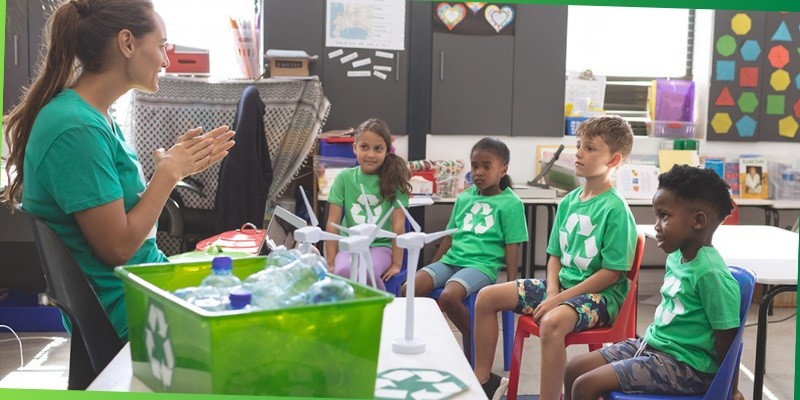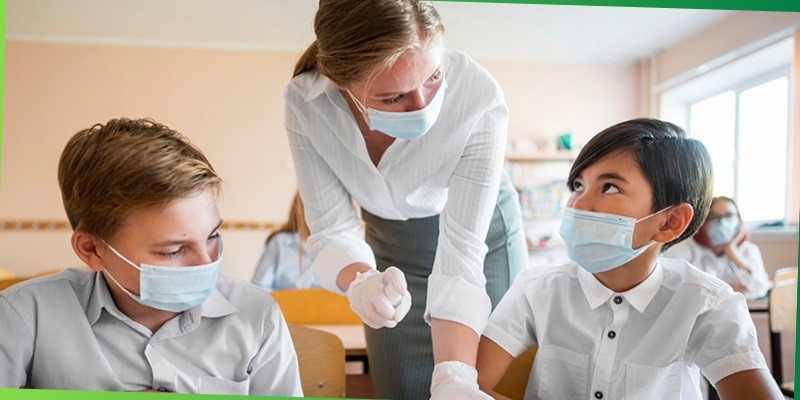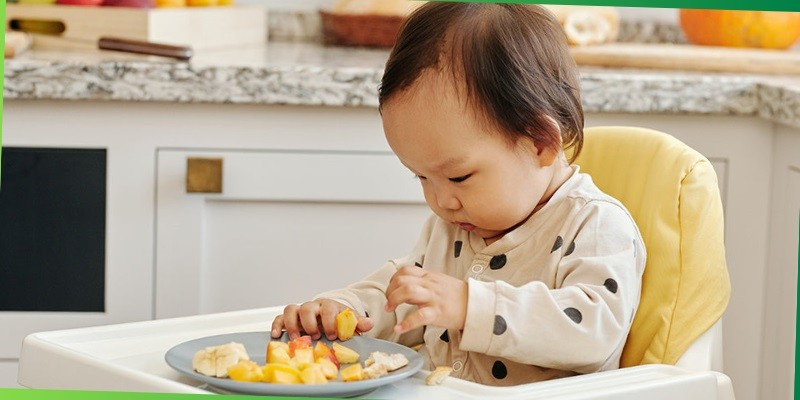Last Updated on May 2, 2023
Toddlers are a wonder to behold, their tiny feet shuffling across the ground and their curious eyes constantly scanning their surroundings. They are creatures of pure innocence, their laughter is infectious, and their smiles can light up a room. With each step they take, they discover new wonders and learn about the world in a magical and awe-inspiring way.
Boosting a toddler’s development is crucial because it sets the stage for their future growth and success. By providing opportunities for them to learn, play, and explore in safe and nurturing environments, we can help develop the skills they need to thrive. Investing in a toddler’s growth and development benefits not only the child but society as a whole, as it helps to create a brighter future for us all. So, let’s explore seven things to do to improve your toddler’s development.
1. Make Use of Pin-Up Pictures
When toddlers are exposed to pin-up pictures, they are presented with a range of colors, shapes, and patterns that can stimulate their brains and help them to make connections between different visual stimuli. These images can also help develop their visual memory as they try to recall and recognize the different features of each pin-up picture they see.
Furthermore, pin-up pictures can promote creativity and imagination in toddlers as they develop their interpretations of what they see in these images. By encouraging children to explore and interpret these images in their own way, parents and caregivers can help foster their creativity and encourage them to think outside the box.
Royalty-free stock photos are an excellent resource for parents and caregivers who want to expose their toddlers to visual stimuli, including pin-up pictures. These images are readily available online. You can download and print them at home, making them a convenient and cost-effective way to promote a child’s cognitive and perceptual development.
2. Create a Stimulating Environment
Offering your child a variety of age-appropriate toys is an essential step in creating a stimulating environment. Toys that encourage creativity, such as blocks, puzzles, and playdough, help build your toddler’s cognitive skills and keep them engaged. Also, use colors and patterns. Incorporate bright colors and exciting patterns in your child’s play area. These visual stimuli help in enhancing their cognitive development and attention span.
3. Promote Language Development
Language development is one of the most important aspects of a child’s development. Language skills are critical for communication, social interaction, and academic success. Parents and other caretakers, such as babysitters, can take many different steps to foster their children’s language development.
One effective strategy is to provide children with opportunities to engage in conversation. It can involve asking open-ended questions, providing feedback and encouragement, and modeling good communication skills. Additionally, reading books to children is an excellent way to promote language development. Reading books can help children learn new words, develop their vocabulary, as well as help them understand sentence structure and grammar.
4. Teach Problem-Solving Skills
As they grow older and face new problems, children require problem-solving skills to overcome obstacles and achieve their goals. One effective way to teach problem-solving skills is to encourage children to think creatively and explore different solutions to a problem. It can include giving kids open-ended questions or situations and letting them develop their ideas.
Teaching toddlers, parents, and caregivers how to solve problems can help them build the confidence, resilience, and creativity needed to succeed. Parents and teachers may aid their children in developing the problem-solving abilities necessary to overcome challenges and reach their goals by encouraging them to try new things and take calculated risks.
5. Provide Healthy Nutrition
As toddlers grow and develop, they must receive proper nutrition to support their physical and cognitive development. A nutritious diet can help toddlers develop strong bones, muscles, and cognitive abilities. In addition, a balanced diet can help reduce the risk of childhood obesity and other health problems.
The best foods for promoting toddler development include whole grains, lean proteins, fruits, and vegetables. Whole grains provide fiber and essential nutrients that support healthy digestion and cognitive function. Lean proteins like chicken, fish, and tofu are essential for building and repairing muscles. Many body processes can benefit from the vitamins and minerals found in fruits and vegetables.
6. Ensure Adequate Sleep
According to the American Academy of Sleep Medicine, toddlers between the ages of 1 and 2 need 11 to 14 hours of sleep per day with naps, while toddlers here between the ages of 2 and 3 need 10 to 13 hours of sleep per day with naps. Adequate sleep is critical for a toddler’s overall health and development. During sleep, the brain processes information, repairs the body, and prepares for the next day. Insufficient sleep can lead to behavioral problems, cognitive difficulties, and physical health issues. Parents and caregivers need to prioritize healthy sleep habits for their toddlers.
7. Engage in Physical Activity
There are many fun and easy activities that parents can do with their toddlers to promote physical activity, both indoors and outdoors. Some ideas include playing catch with a softball, hide-and-seek, dancing, or walking in the park. Parents can also encourage physical activity by creating an environment that promotes movement, such as setting up a play area with age-appropriate toys and climbing structures. In addition to promoting physical activity, these activities provide opportunities for socialization, exploration, and learning. Toddlers can learn lifelong healthy habits from their parents if encouraged to participate in physical activity early.
8. Ensure Emotional Well-Being
A toddler’s emotional well-being is just as important as their physical health. It is crucial to provide a safe and supportive environment that allows them to explore and express their emotions. Strategies to promote emotional well-being include establishing routines, setting boundaries, and providing positive reinforcement.
Activities that promote emotional well-being include reading books that deal with emotions, playing pretend games that involve expressing feelings and engaging in sensory play. Providing examples of emotional well-being, such as using positive language and acknowledging their feelings, can also help to promote emotional development. By prioritizing emotional well-being, toddlers can develop resilience and self-regulation skills that will benefit them throughout their lives.
Conclusion
In conclusion, watching a toddler grow and develop is nothing short of a miracle. From their first words to their first steps, every moment is a testament to the incredible potential of the human mind and body. Toddlers’ insatiable curiosity drives them to constantly learn and explore as they navigate the world around them. And as parents, caregivers, and educators, it’s our privilege and responsibility to support and nurture this growth.
By providing a safe, stimulating environment and plenty of opportunities for play and exploration, we can help these tiny humans reach their full potential and become the unique individuals they were meant to be. So, let’s celebrate every milestone and treasure every moment, knowing that we are witnessing the birth of greatness.







